Incorporating new trees into an established garden can breathe new life into your landscape, adding texture, color, and structure that enhances the overall aesthetic. Whether you're looking to introduce a touch of elegance with Magnolia Little Gem, infuse vibrant colors with Crepe Myrtle, or create a serene atmosphere with the delicate foliage of Acer Palmatum (Japanese Maple), strategic planning is key to seamlessly integrating these trees into your garden.
Understanding the Role of Trees in Garden Design
Trees are more than just focal points in a garden; they are the backbone of your landscape design. The right tree can provide shade, create privacy, and offer seasonal interest while supporting local wildlife. When incorporating new trees into an existing garden, it’s essential to consider the tree's size, growth rate, and compatibility with your current plants. The goal is to create harmony between the new additions and the existing elements, ensuring that every plant thrives and contributes to the garden's beauty.
Choosing the Right Tree for Your Garden
Magnolia grandiflora 'Little Gem'
Magnolia Little Gem is a compact, evergreen tree renowned for its glossy, dark green leaves and stunning white flowers. This tree is an excellent choice for smaller gardens or as a focal point in a mixed border. Its upright growth habit makes it suitable for narrow spaces, while its year-round foliage adds a consistent element of greenery to your garden.
Key Facts to Know:
- Mature Height: Up to 6 meters
- Mature Width: Up to 3 meters
- Best Uses: Focal point, evergreen screen
- Flower Appearance: Large, fragrant white blooms
- Growth Rate: Slow to moderate
- Tolerates: Full sun to partial shade, well-drained soils
Incorporating Magnolia Little Gem into your garden can create a sense of elegance and tranquility. Consider planting it near an entryway or in a courtyard where its fragrant blooms can be fully appreciated.

Crepe Myrtle (Lagerstroemia indica 'Natchez' White)
Crepe Myrtle is celebrated for its vibrant summer flowers and striking bark. The 'Natchez' White variety, in particular, is prized for its stunning white blooms and exceptional frost resistance. This deciduous tree can add a burst of color to your garden during the warmer months, while its exfoliating bark provides visual interest in the winter.
Key Facts to Know:
- Mature Height: Up to 8 meters
- Mature Width: Up to 6 meters
- Best Uses: Ornamental, seasonal color, hedge
- Flower Appearance: Pure white, crinkled blooms
- Growth Rate: Moderate
- Tolerates: Full sun, drought conditions
When adding a Crepe Myrtle to an existing garden, consider the color palette of your current plants. The white flowers of 'Natchez' can complement a variety of color schemes, making it a versatile addition to any garden. It’s perfect for creating a lively contrast against darker foliage or lining a pathway to guide visitors through your garden.

Acer Palmatum (Acer palmatum - Japanese Maple)
Acer Palmatum, or Japanese Maple, is a small deciduous tree known for its delicate, lacy foliage and brilliant autumn colors. This tree can be a focal point in your garden, providing year-round interest with its vibrant spring leaves and striking fall colors.
Key Facts to Know:
- Mature Height: Up to 5 meters
- Mature Width: Up to 4 meters
- Best Uses: Ornamental, shade tree, container planting
- Leaf Appearance: Varieties range from deep purple to bright red
- Growth Rate: Slow
- Tolerates: Partial shade, well-drained soils
Integrating an Acer Palmatum into your garden can create a peaceful, contemplative space. Its slow growth rate and modest size make it ideal for smaller gardens or as a specimen tree in larger landscapes. Plant it where the sun can backlight its foliage, enhancing the visual impact of its delicate leaves.

Tips for Seamlessly Integrating New Trees into Your Garden
Assessing Your Garden's Layout
Before planting, take time to assess your garden’s existing layout. Consider the scale of your garden and how the new trees will fit within it. Pay attention to the mature size of each tree and ensure that it won’t overwhelm the surrounding plants. Think about sightlines—how the trees will look from different angles and viewpoints within your garden.
Choose trees that complement your existing plants in color, texture, and form. For example, Magnolia Little Gem's dark, glossy leaves can contrast herbaceous perennials' lighter, more delicate foliage. Similarly, the vibrant flowers of Crepe Myrtle can add a pop of color to a garden dominated by green foliage.
Creating Focal Points
Use trees to create focal points that draw the eye and anchor the design. A strategically placed Acer Palmatum can become the centerpiece of a garden, especially when underplanted with ground covers or low-growing shrubs that won’t compete for attention. In contrast, Magnolia Little Gem can frame a view or provide a backdrop for other flowering plants.
Enhancing Garden Layers
Think about how new trees can add layers to your garden. Trees like Lagerstroemia indica 'Natchez' White can introduce a vertical element, drawing the eye upwards and adding depth to your design. Layering trees with different heights and textures can create a more dynamic and visually interesting garden.
Planting and Care Tips for New Trees
- Location: Choose a site with the right conditions for the specific tree, considering sunlight, soil type, and space for growth.
- Soil Preparation: Amend the soil with organic matter to improve drainage and fertility.
- Mulching: Apply a thick layer of mulch around the tree's base to conserve moisture and regulate soil temperature.
- Watering: Water newly planted trees deeply and regularly, especially during dry periods, but avoid waterlogging the soil.
- Pruning: Prune your trees to remove damaged or dead branches and shape them as they grow to ensure they fit harmoniously into your garden design.
- Fertilizing: Use a balanced fertilizer in spring to support healthy growth and vibrant foliage.
FAQs
Q: How do I choose the right location for my new trees?
A: Consider the tree’s mature size, sunlight requirements, and garden layout. Choose a location that provides adequate space and complements your overall design.
Q: Can I plant new trees in an already crowded garden?
A: Yes, but be mindful of spacing. Select smaller or slow-growing trees like Acer Palmatum that can thrive without competing for resources.
Q: How can I protect my new trees from frost?
A: Mulch around the base to regularly insulate the roots and water during dry winter. Avoid pruning during frost-prone times, as this can make trees more vulnerable.
Incorporating new trees into your garden design requires careful planning, but the rewards are worthwhile. By choosing the right species and following best practices for planting and care, you can enhance the beauty and structure of your garden, creating a space you’ll enjoy for years to come. Explore our collection of premium trees, including Magnolia Little Gem, Crepe Myrtle, and Acer Palmatum, to find the perfect addition to your garden.


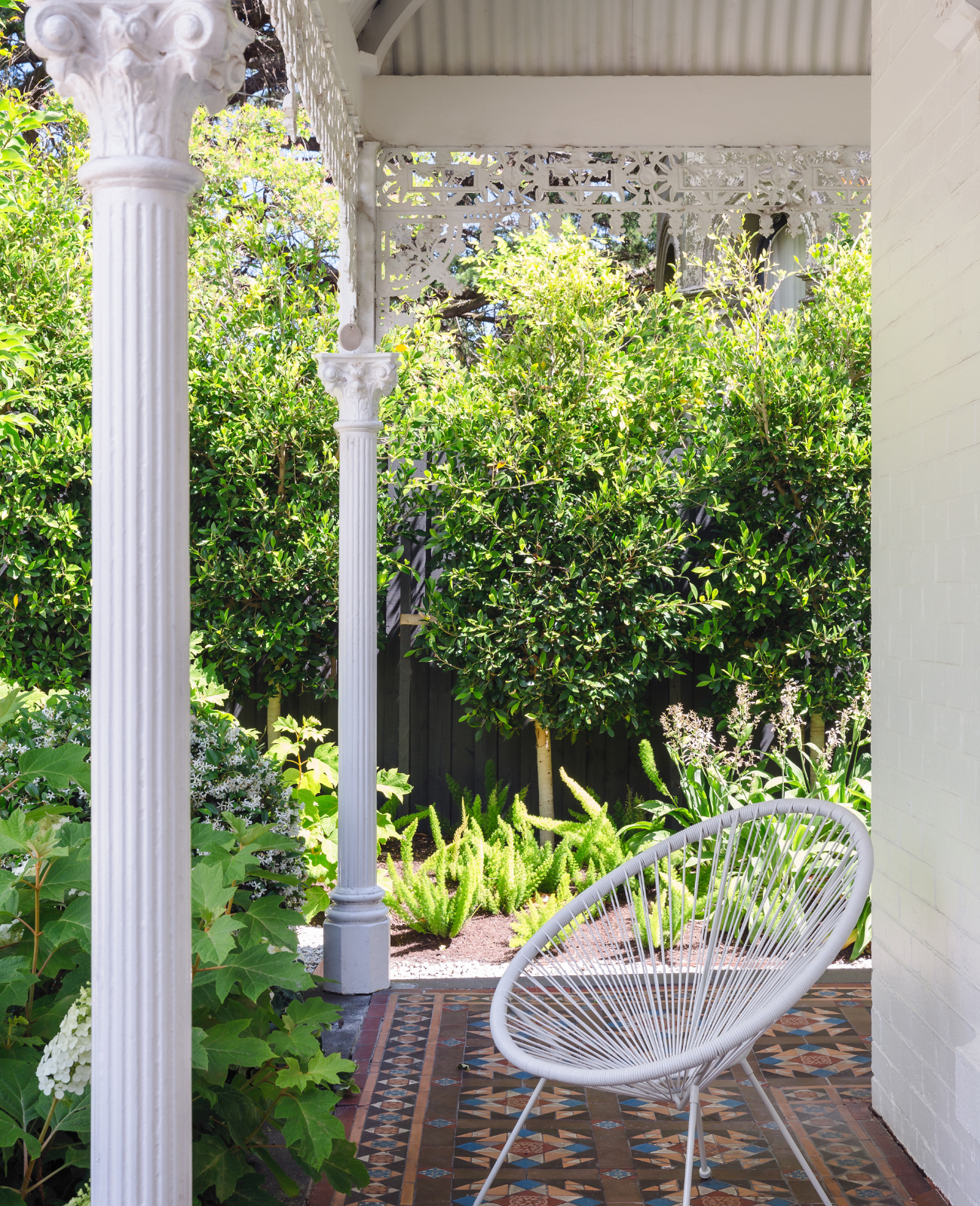
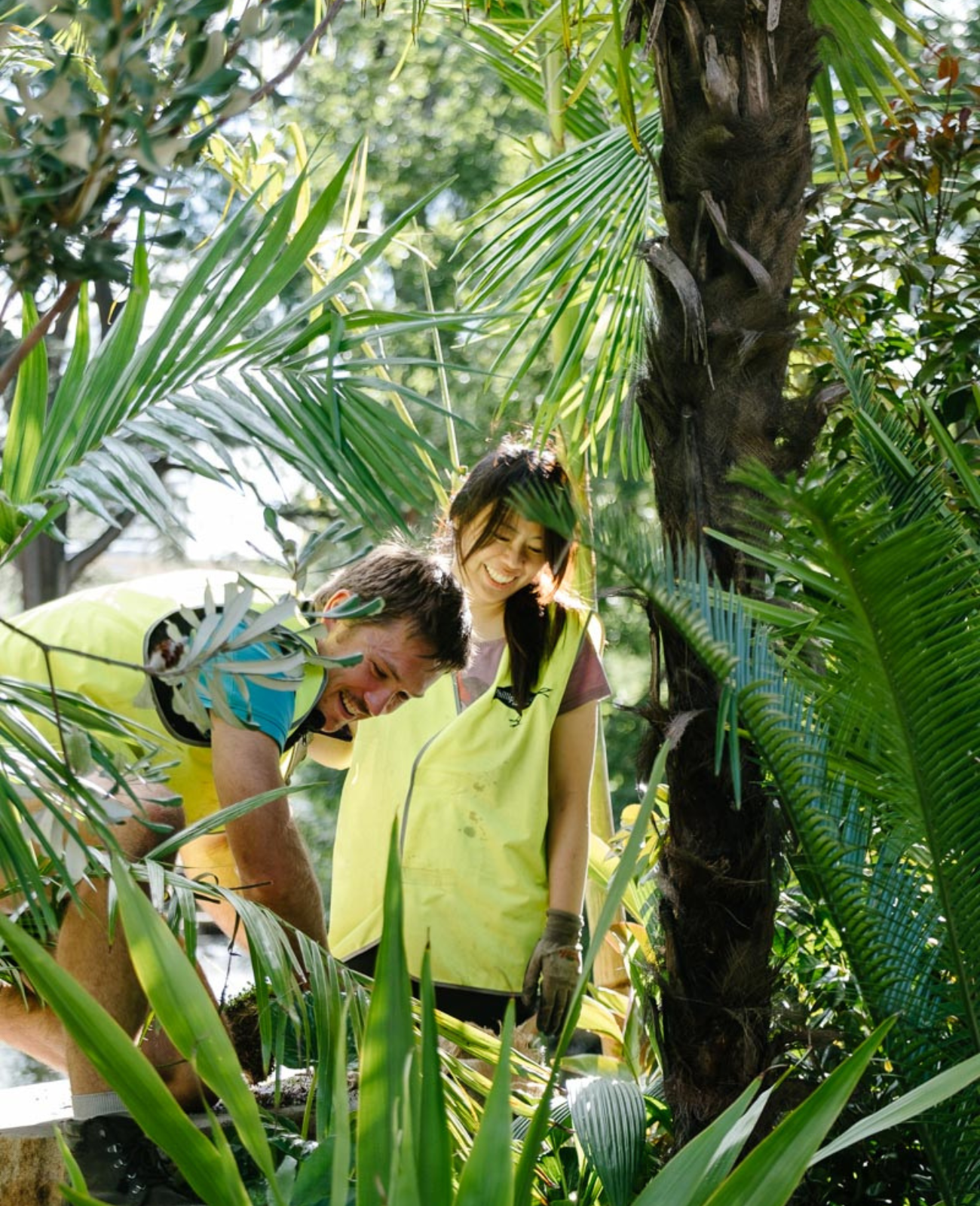
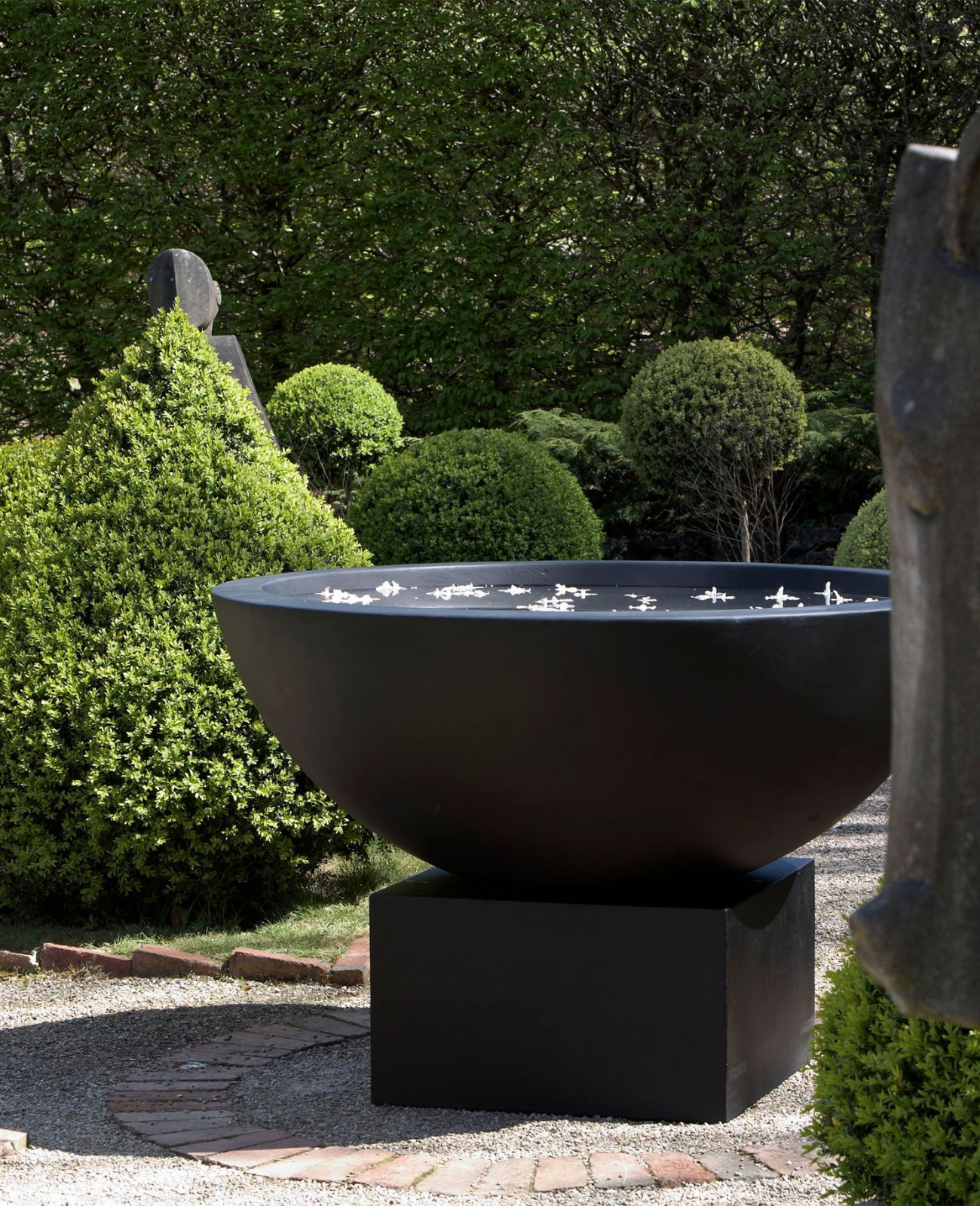
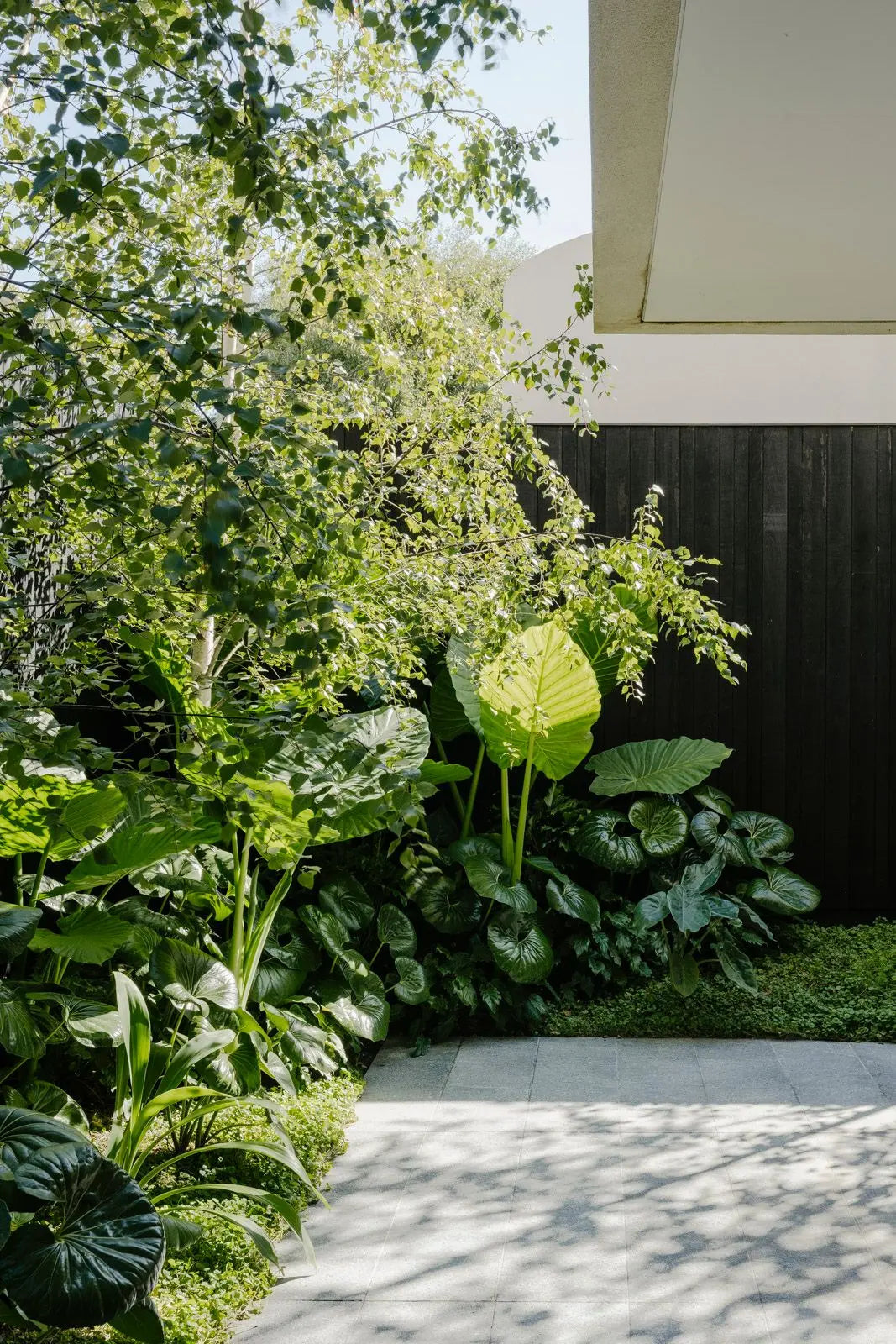
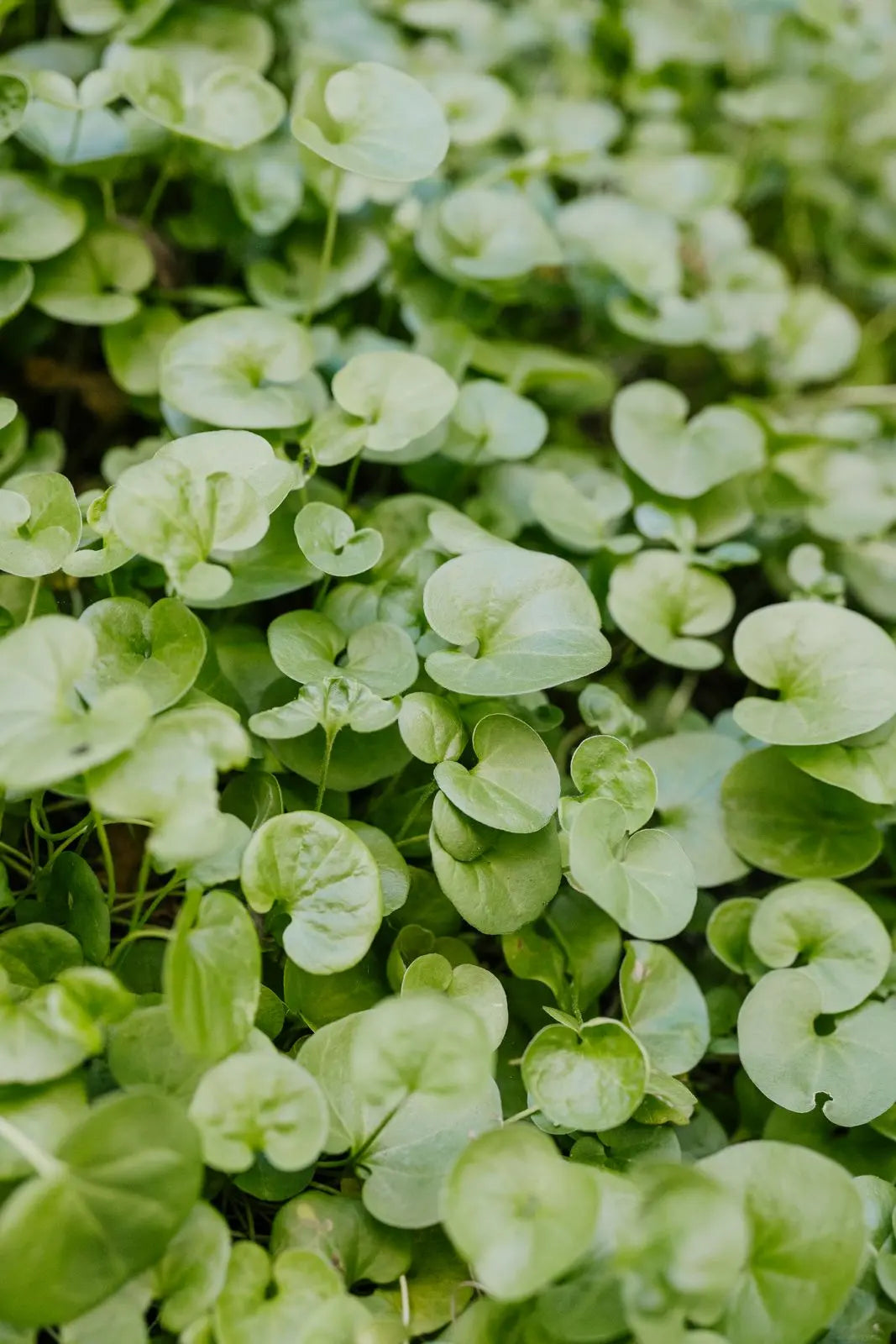
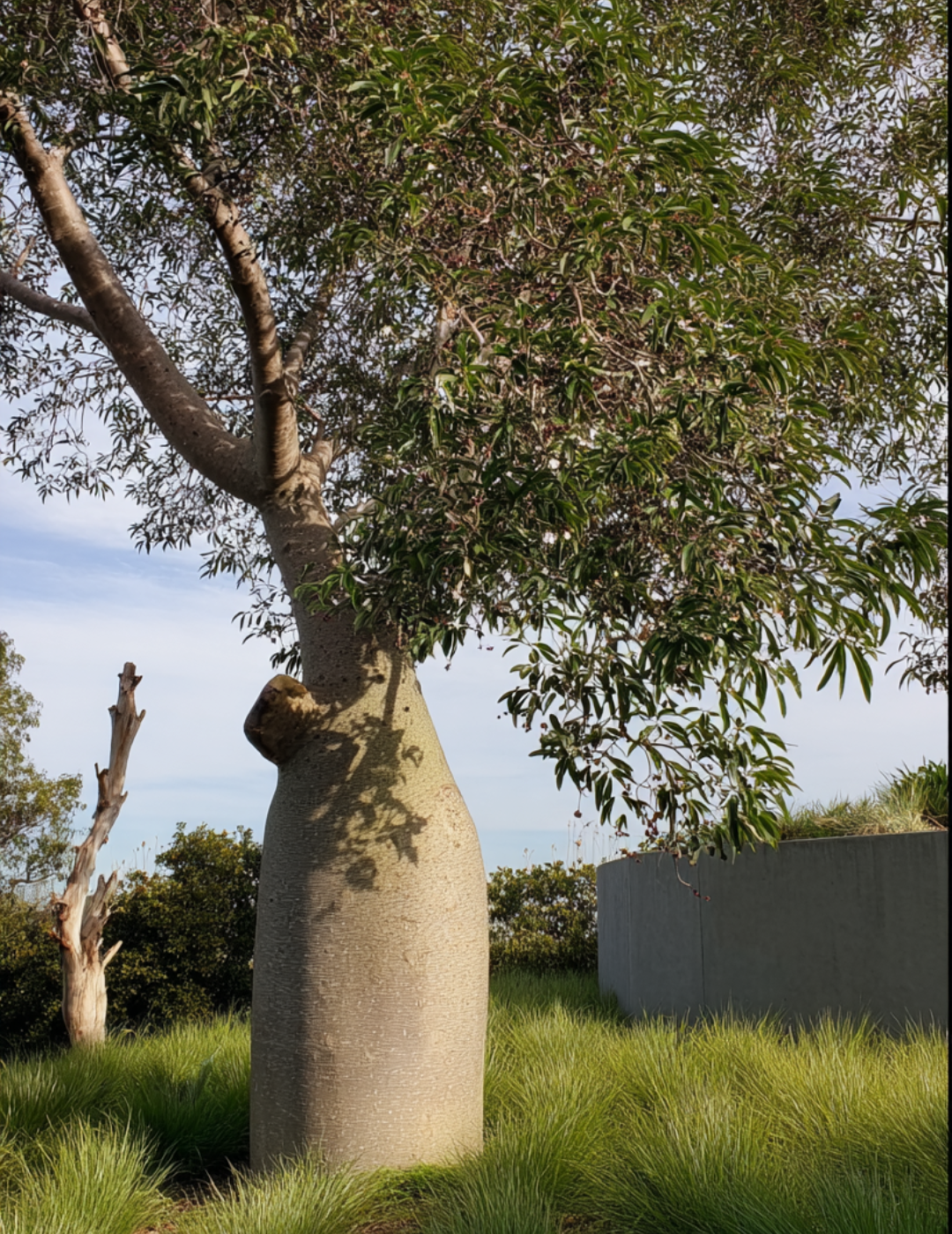
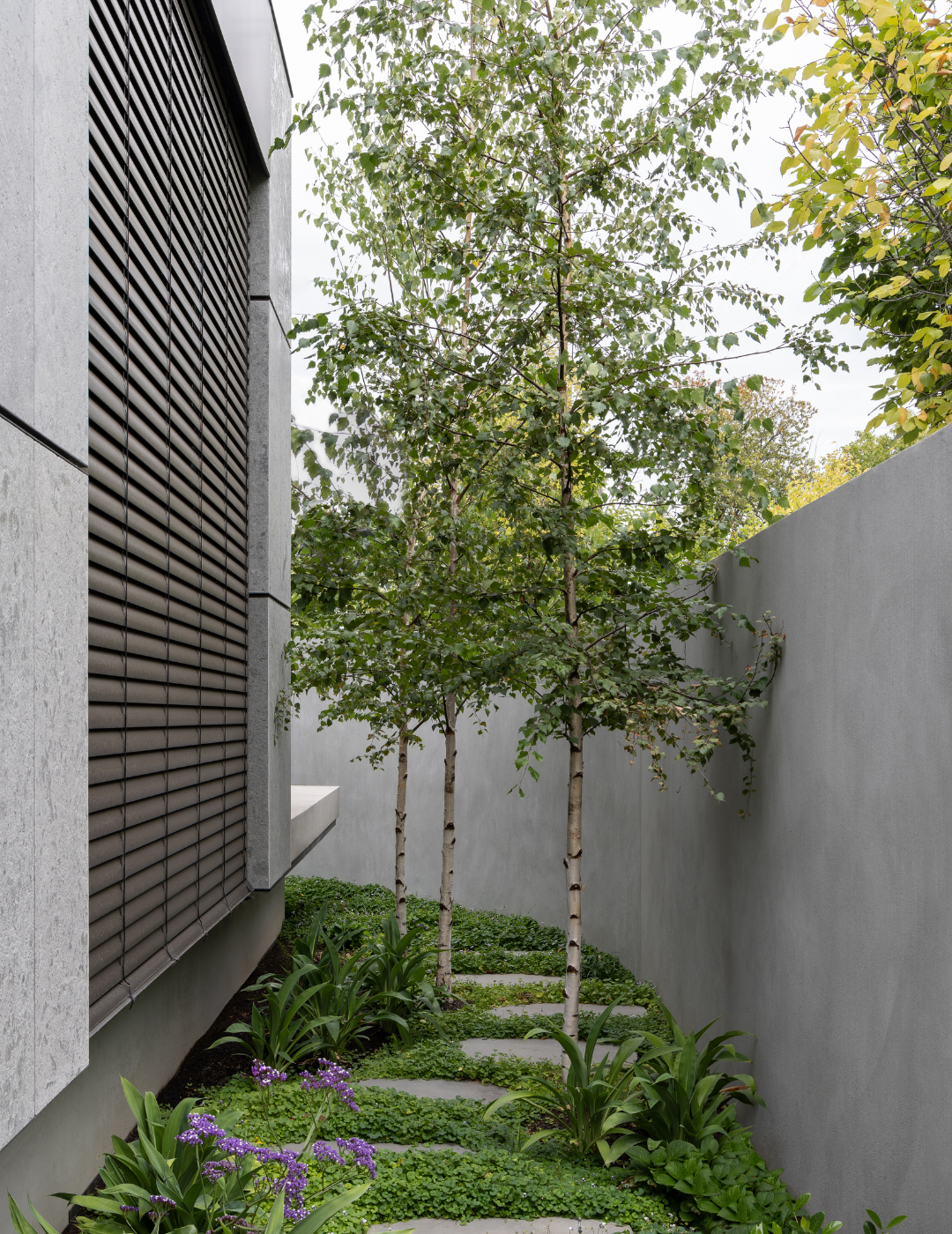
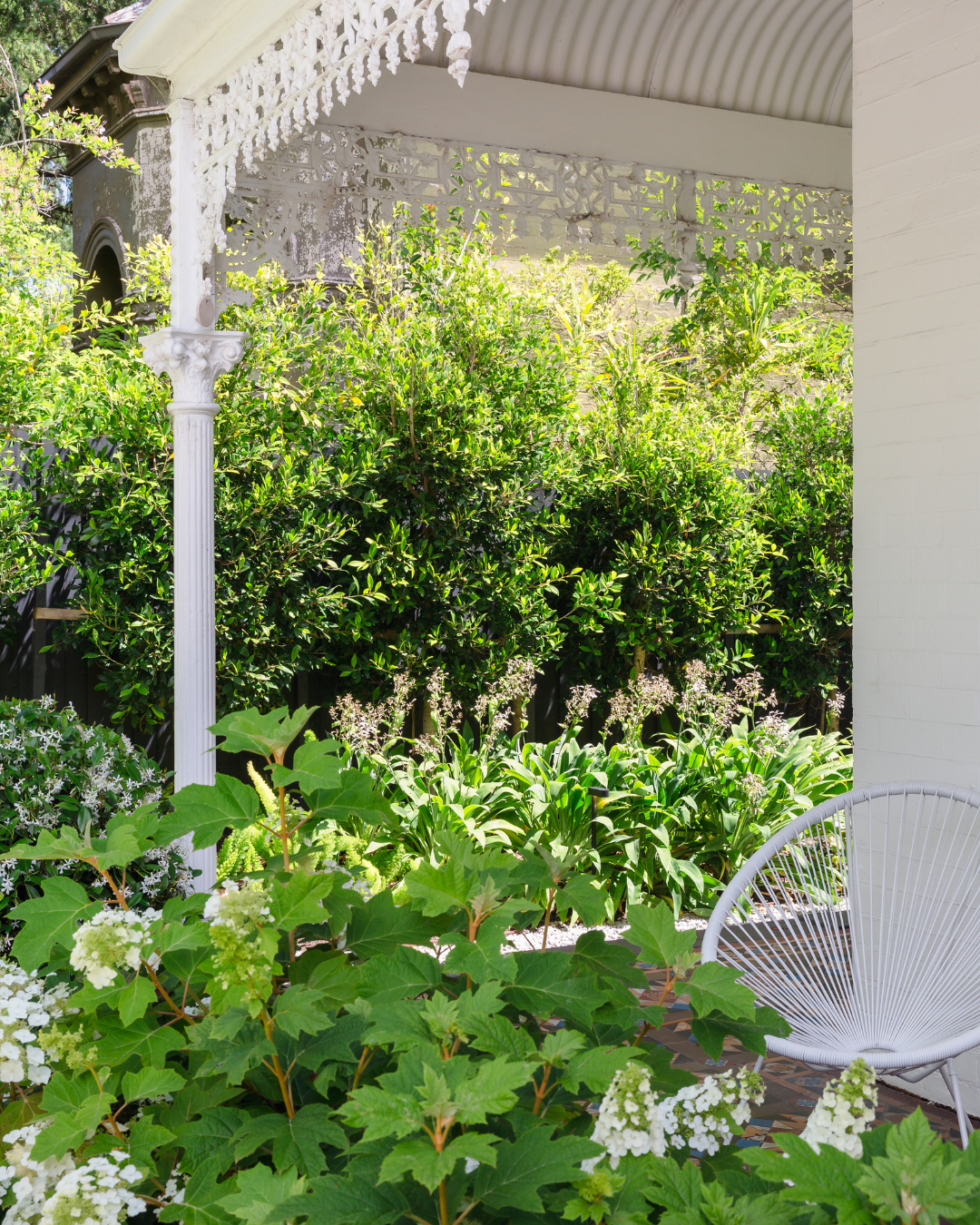
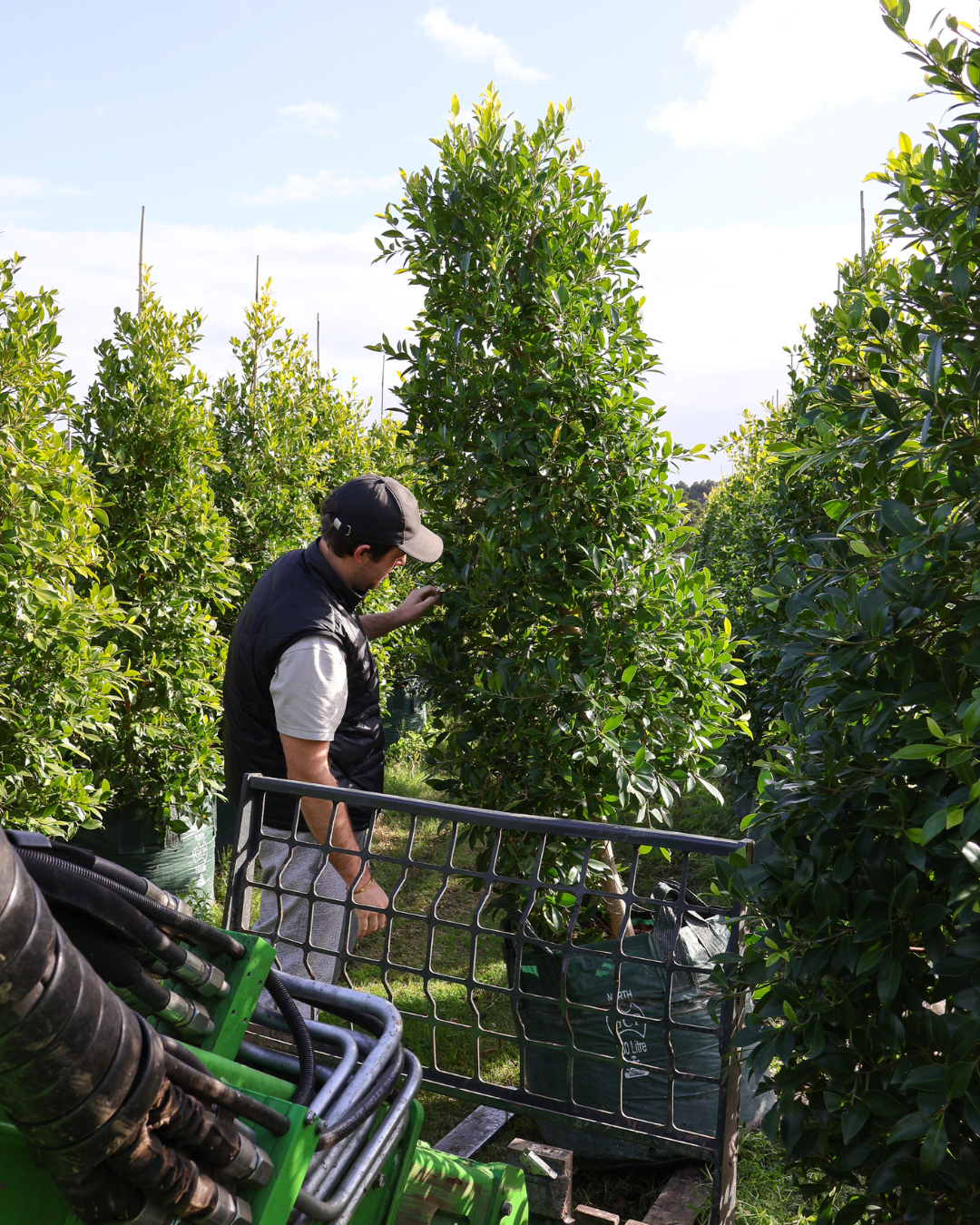
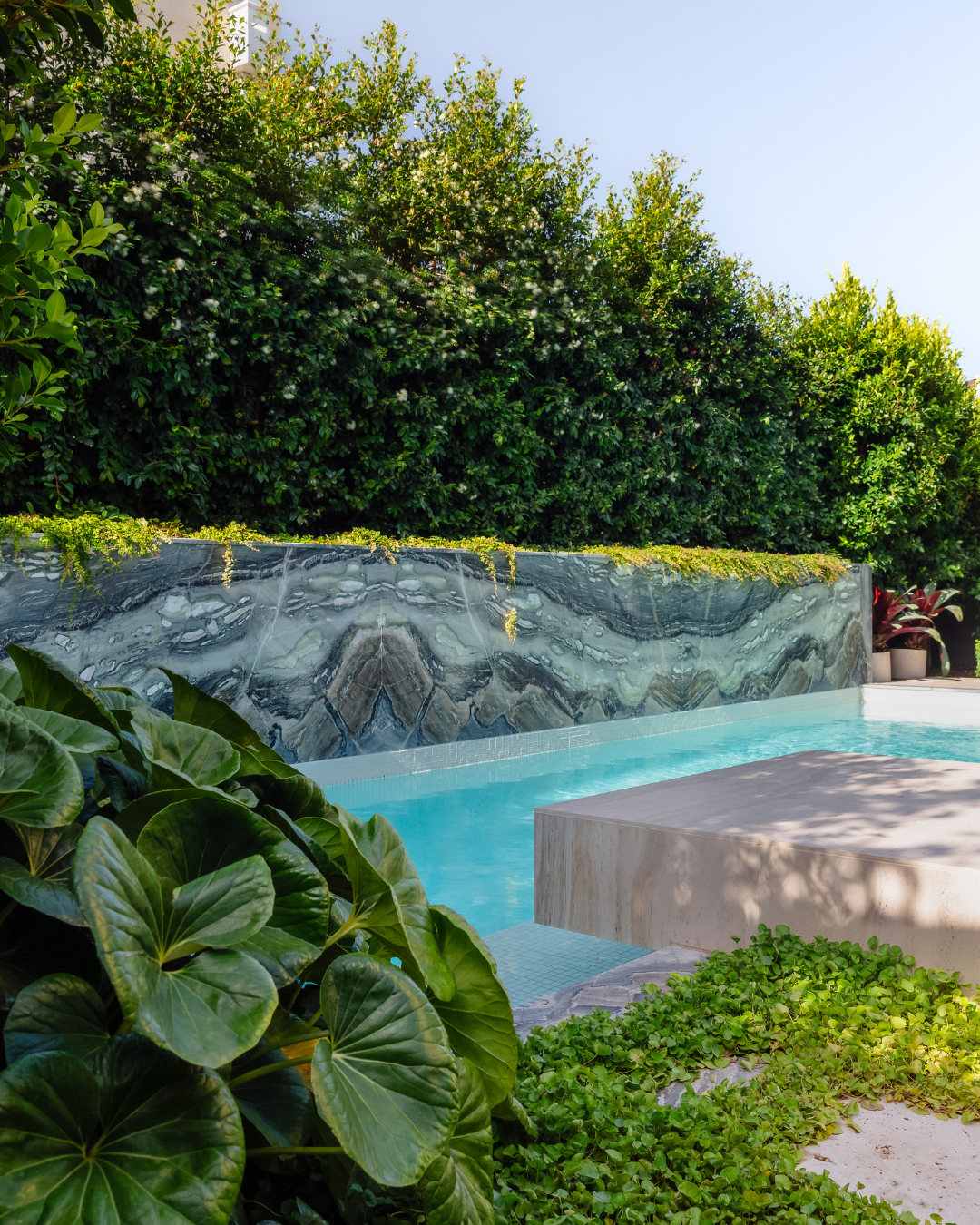
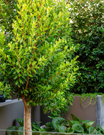
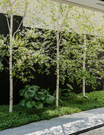
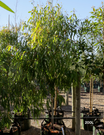
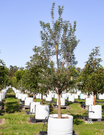
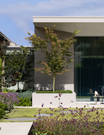
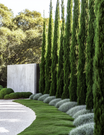
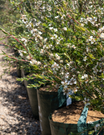
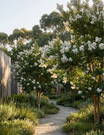
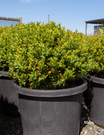
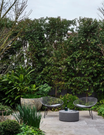
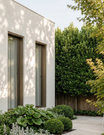
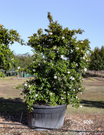
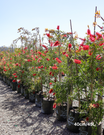
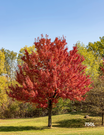
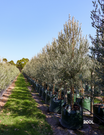
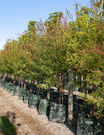
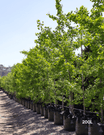
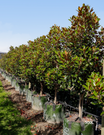
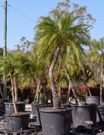
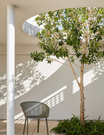
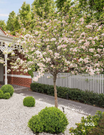
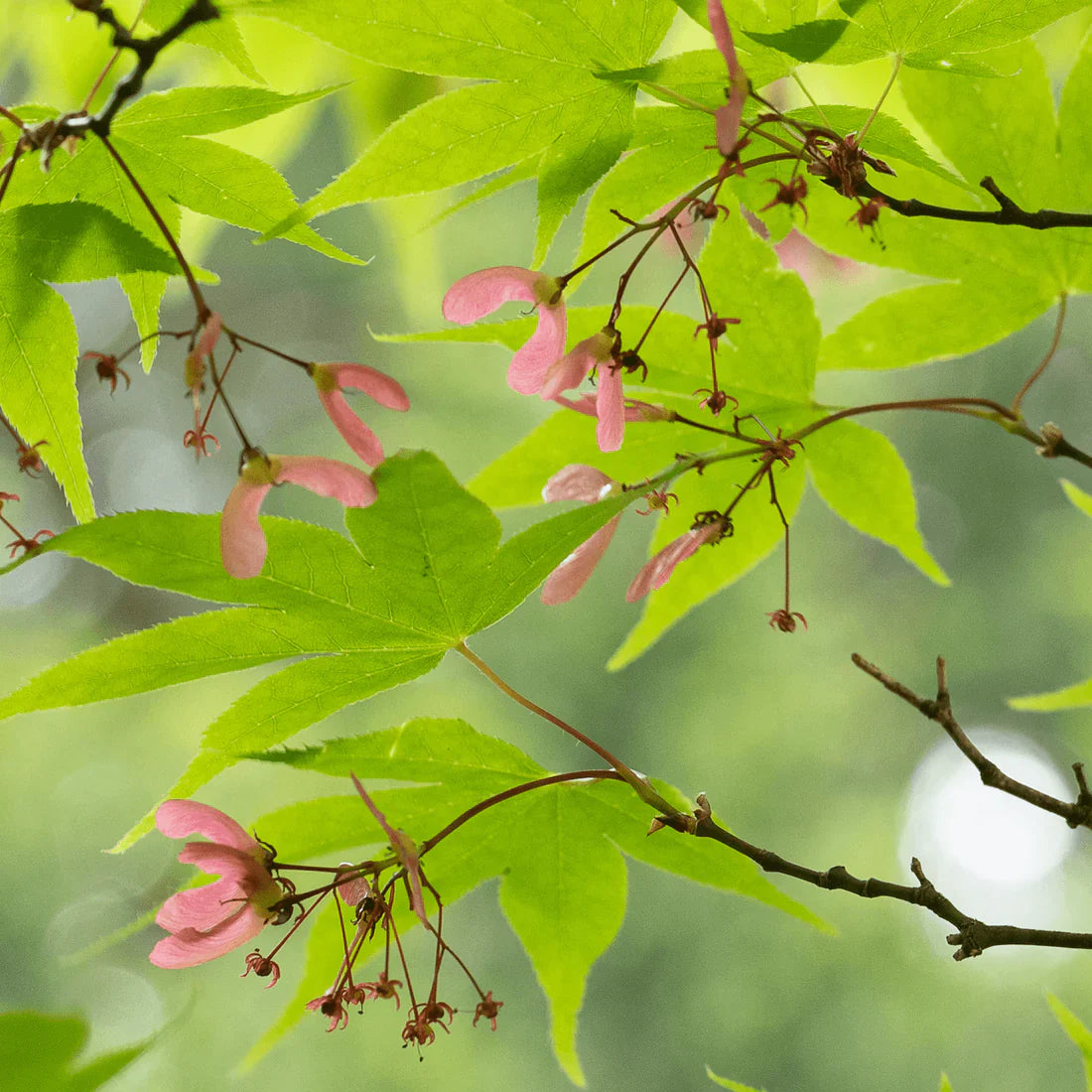
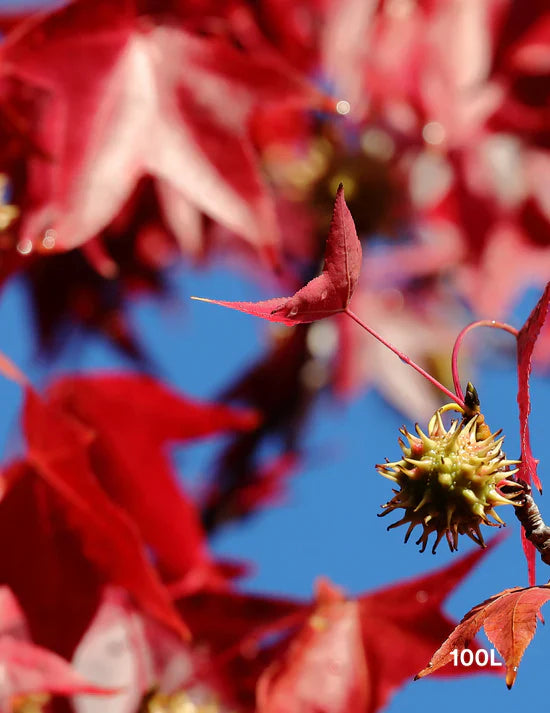
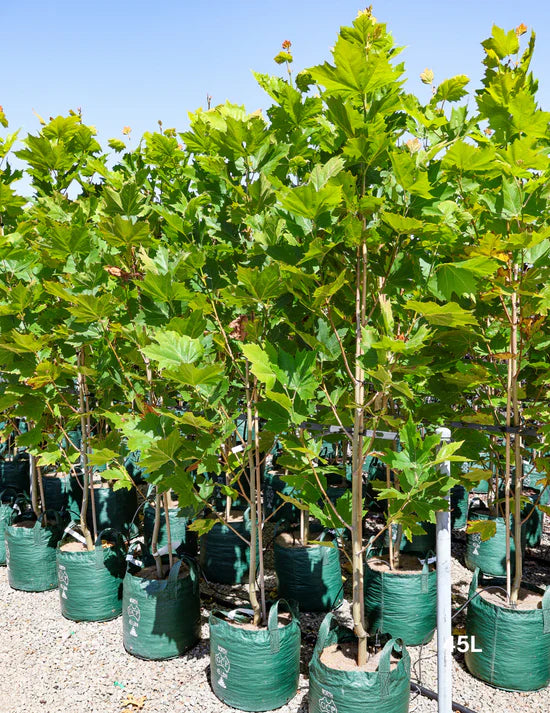
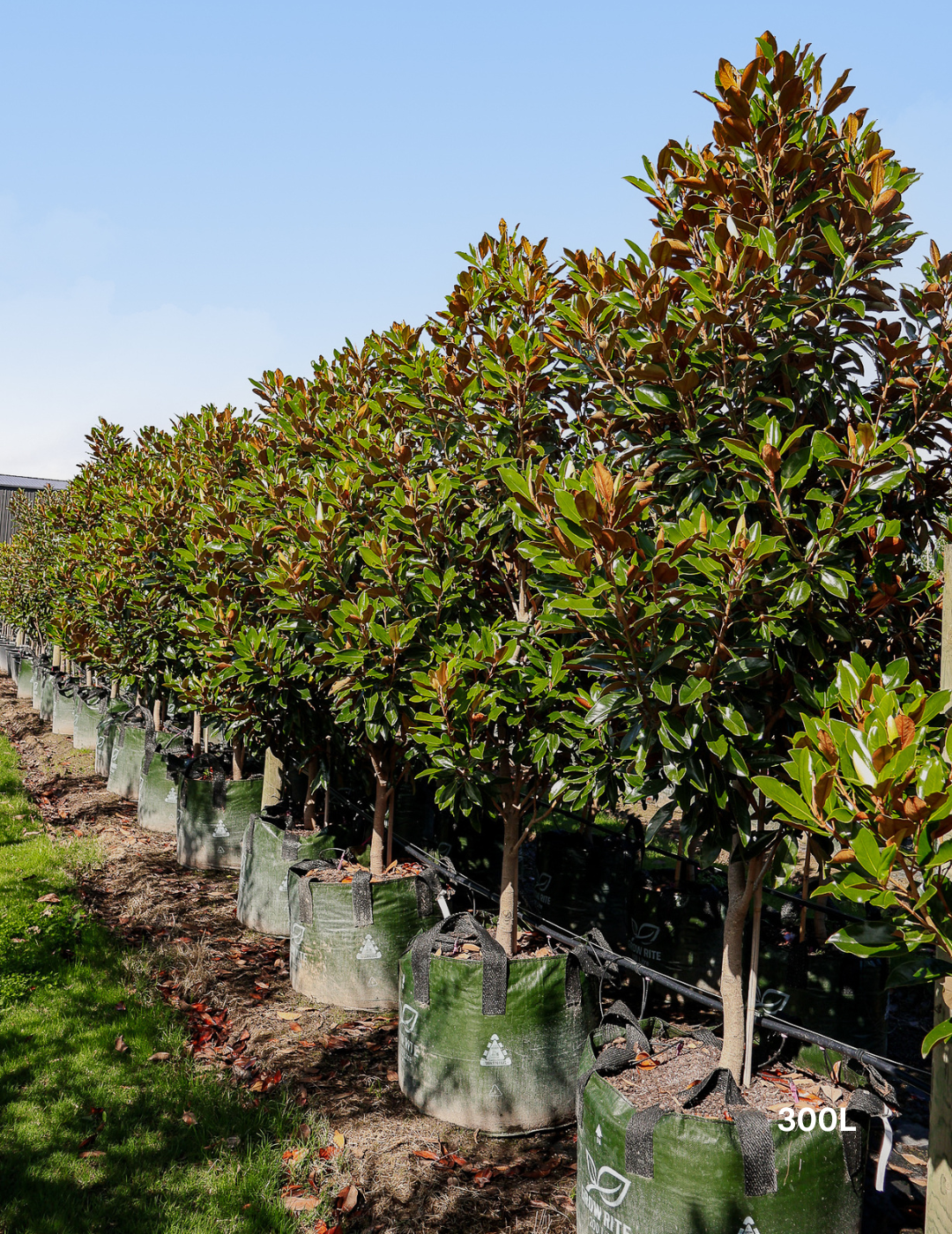
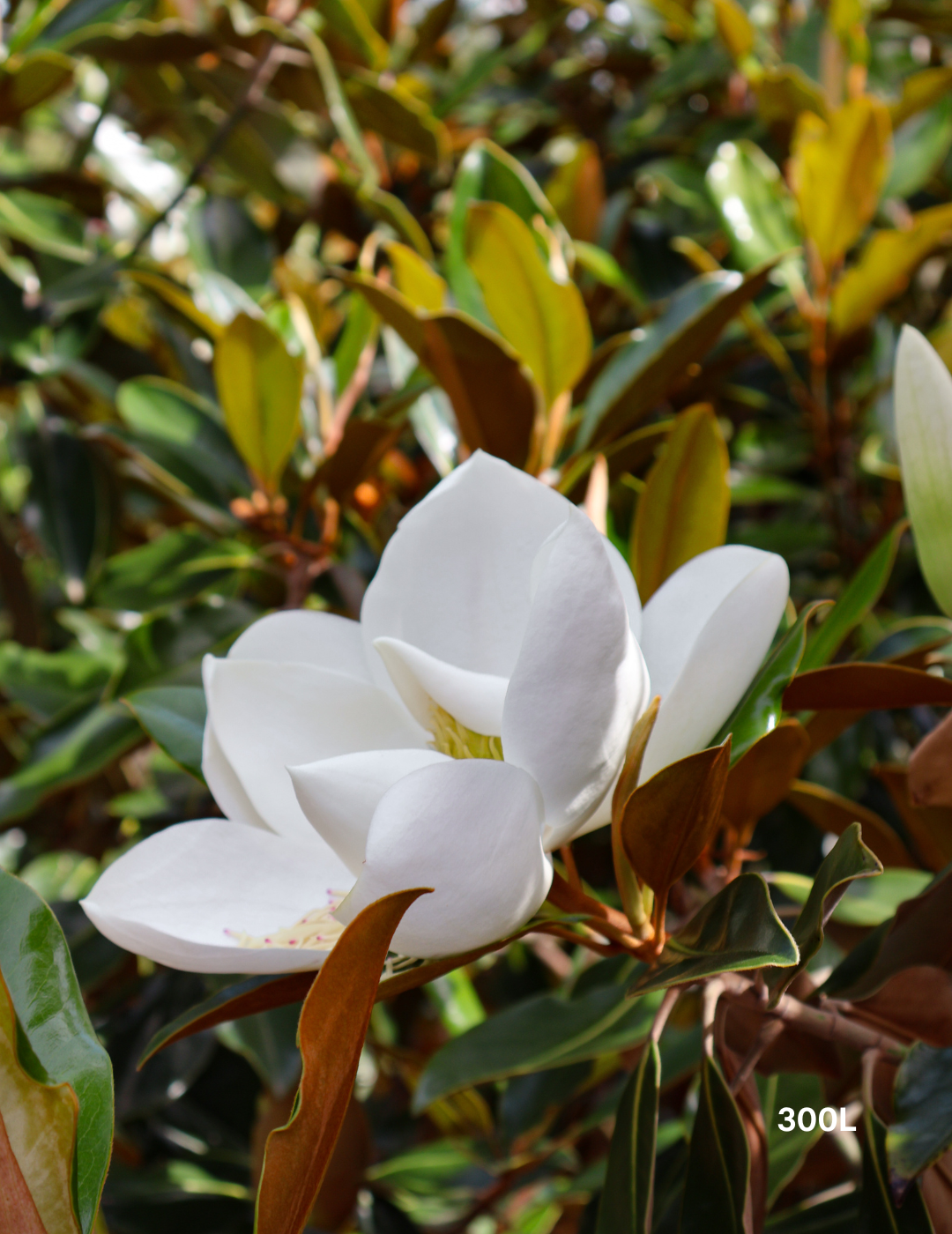
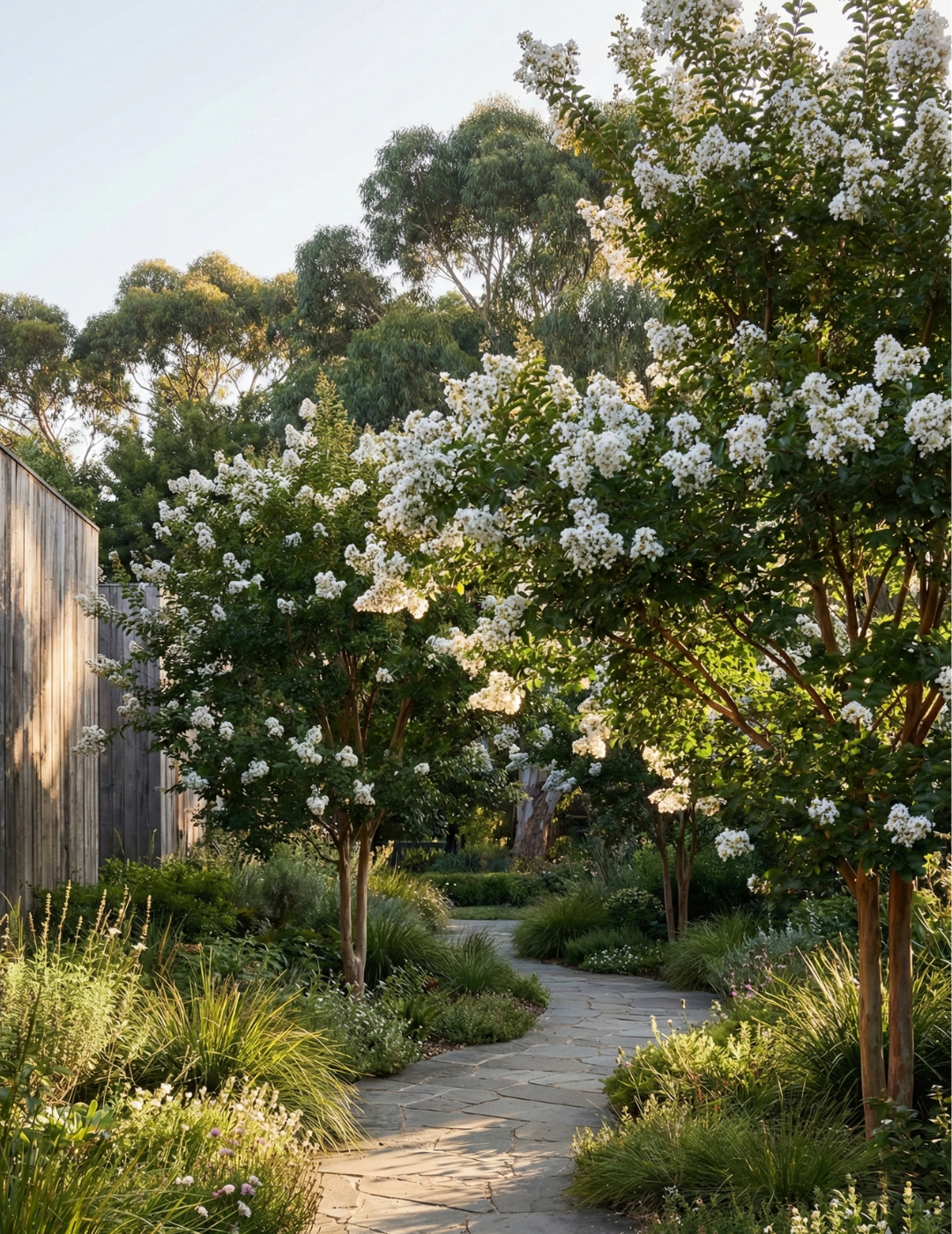
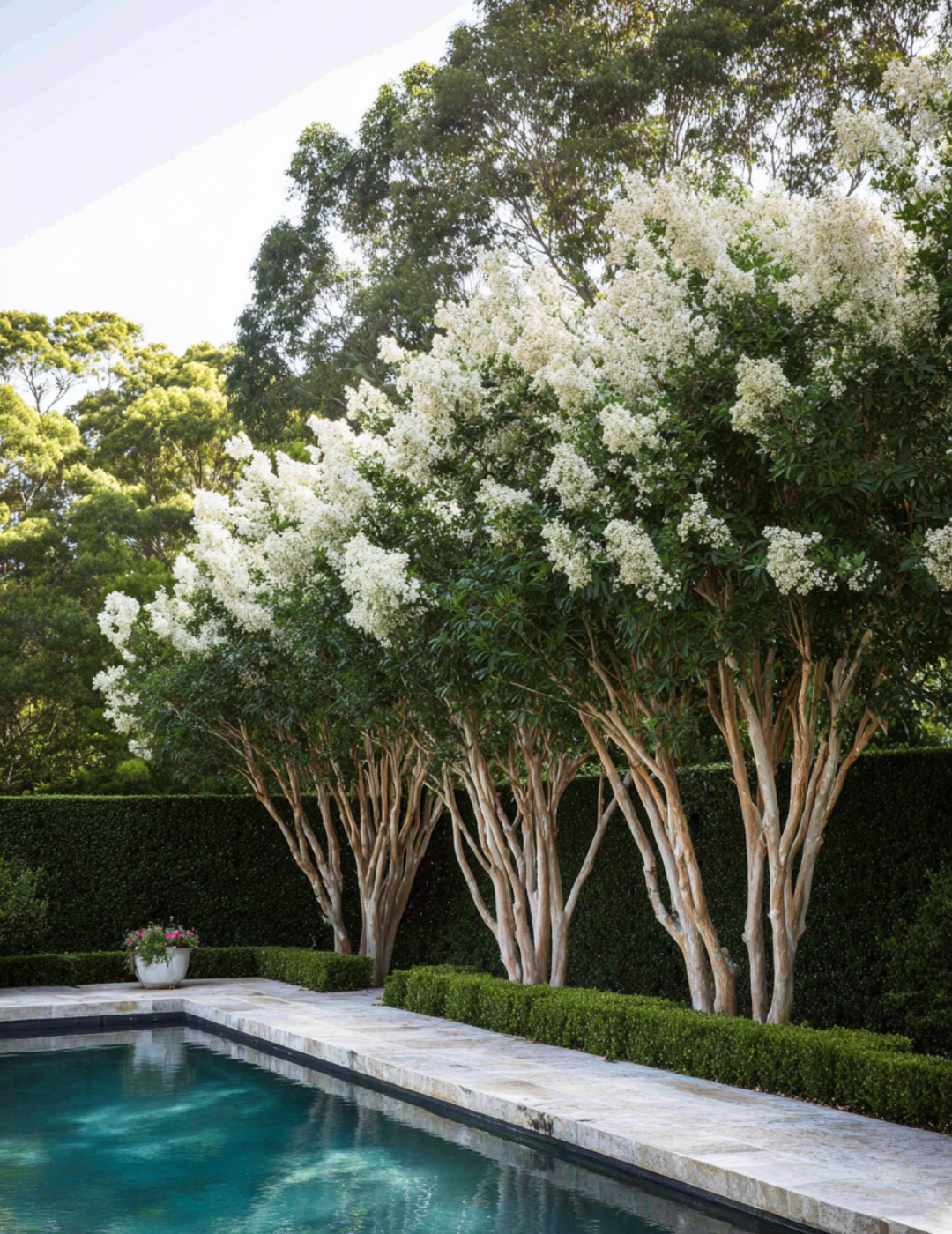
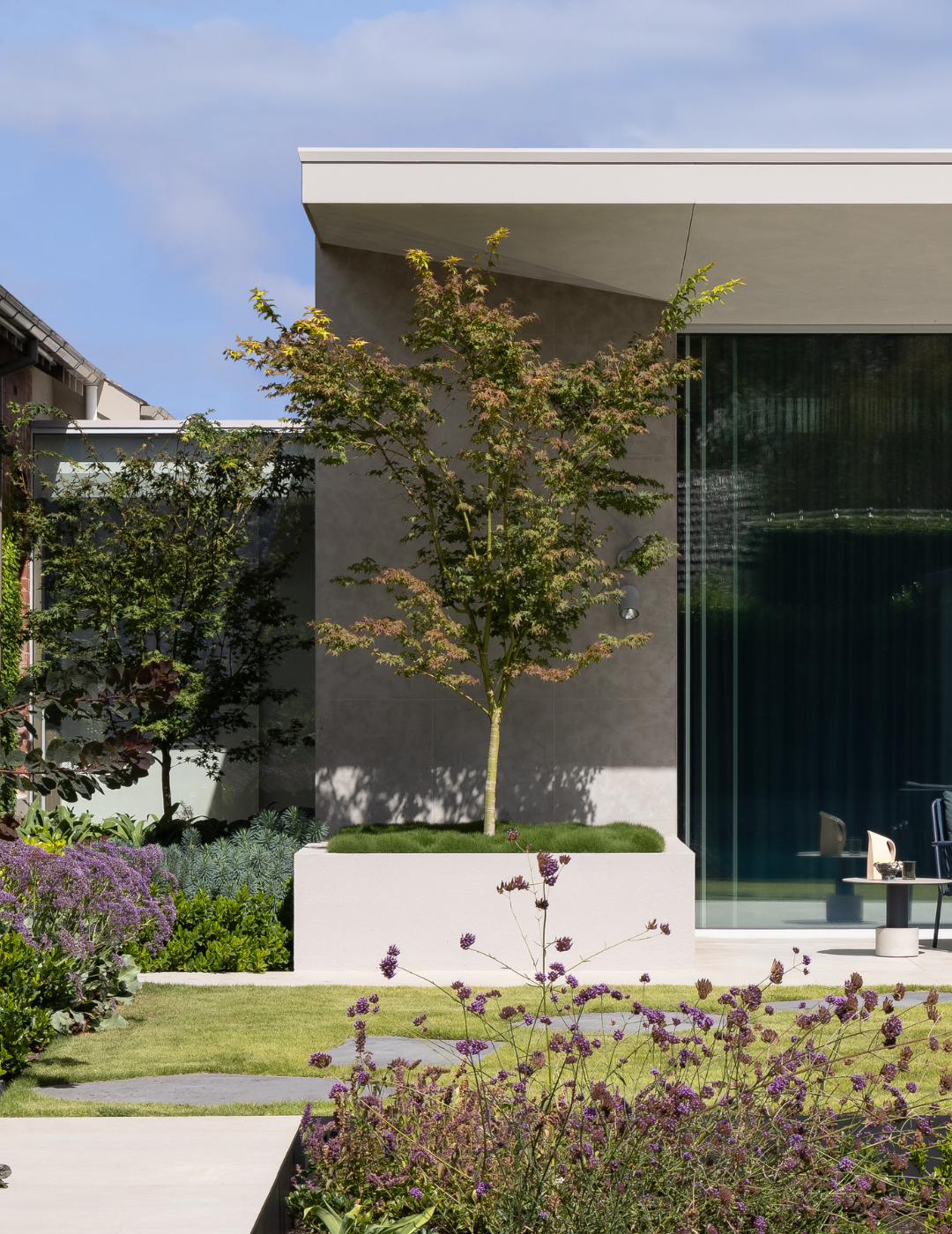
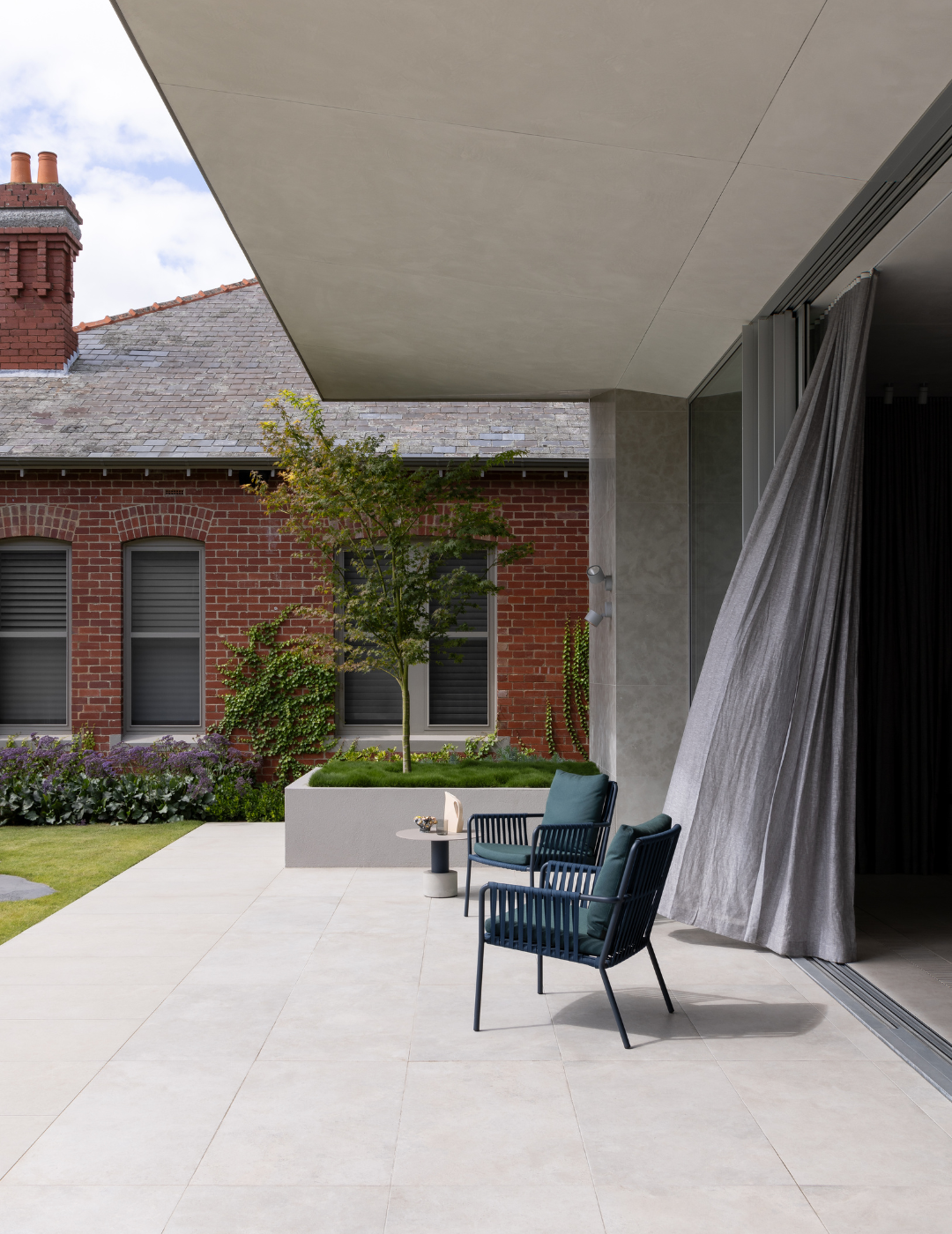
Leave a comment
This site is protected by hCaptcha and the hCaptcha Privacy Policy and Terms of Service apply.